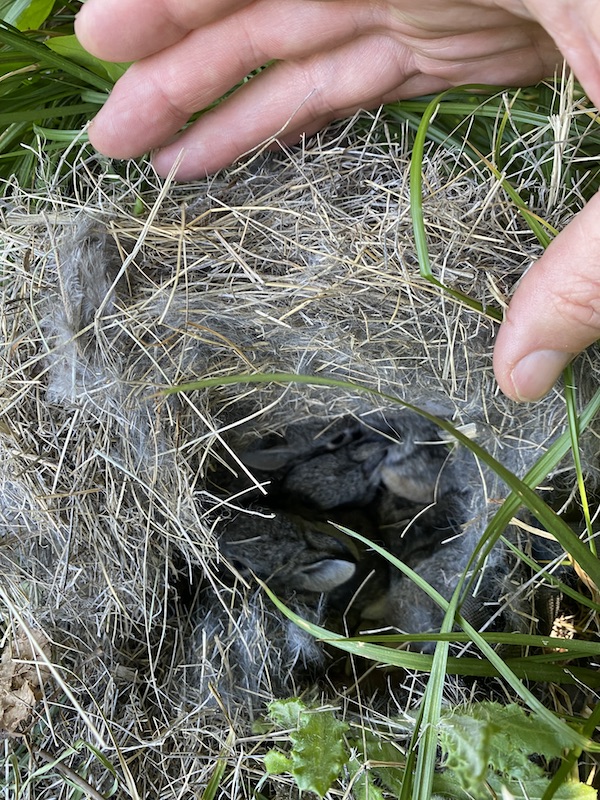BY HARRY WEEKES
I have been learning to speak Dachshund for almost 15 years. Oscar, our first mini, taught me “deer.” This persistent and directed bark was invariably delivered from a couch cushion. It didn’t matter if a deer was in the backyard or on the back ridge, the quality of Oscar’s bark let me know that there were ungulates afoot (or ahoof). Not being a musical person, I cannot describe what “deer” sounds like in Dachshund, just that the quality of the bark is definitely both distinct from other barks and also the same each time there is a deer. In other words, there was no doubt that Oscar was uttering whatever it is that Dachshunds call deer.
I am still learning Whiskey’s dialect (Whiskey, the dog) and getting to the point where I at least know that he is saying something to someone. Sure, he’ll hit the porch and do his fair share of barking into the wind, kind of like he’s testing how far his voice will go, or as if he’s a person listening for his or her own echo. Then, if he finds something, and specifically an animal something, his vocalizations change. You can be anywhere within earshot and realize, “He’s on to some kind of creature.”
So far, these barks have led me to our own chickens (which Whiskey likes to corner), dusky grouse, and in early June, a lump of grass near one side of the house.
There he was, barking into the tuft.
My first thought in such instances is usually the same—“What the shenanigans?”
Then I went outside, found the offending clump and asked, “Is this what you’re barking at, genius?” and pointed to the brown grass and fur blob. I wondered why Whiskey would be so persistent and slowly pulled back the grass to be pleasantly surprised by the first rabbit nest I have ever found. Tucked into a hole about the size of a small honeydew melon were rabbit-lings (OK, kits).
From now on, I will no longer say that things are “packed in like sardines.” Instead, it will be “wedged in like rabbit babies.” These tiny little lagomorphs were jammed into the ground, the hole made pleasant by an attentive mother who carefully cocooned and hid them in grass, feathers, and fur. I barely had time to realize what they were when one of them let out a little alarm call. A kind of high-pitched grunt-squeak that had me carefully pat the tuft down, let me know why Whiskey kept cocking his head, and which moved me back toward the house.
In the following weeks, I sat outside in the morning light wondering many things: Where were the parents? How often did they come? Do the chickens, who peck around that space, even know the rabbits are there? When do the babies leave the hole? And during these musings, I would hear it. That call. Short. Distinct. More nasal than the whistles of the ground squirrels. Nearly impossible to locate if you didn’t know where it was coming from. And then…
The same call, but deeper. From the sage.
Whiskey and I looked alike. First glancing to the nest at the side of the house, then snapping our heads to the sage hill… waiting. It was a long time before we heard another squeak and we never saw the mother even near the nest.
One day, I came home to find a nice, symmetrical hole in the grass and the babies were gone. And just like that, this season’s tiny tufts of rabbit moved into the sage.
Periodically, I’ll hear it again. Whiskey and I will exchange glances. His will confirm my questioning look, as if to say, “Yeah, rabbit.”
Slowly. I’m learning very, very slowly.
Harry Weekes is the founder and head of school at The Sage School in Hailey. This is his 52nd year in the Wood River Valley, where he lives with Hilary and one of their three baby adults—Simon. The other members of the flock are Georgia and Penelope (Georgia recently fledged from Davidson College in North Carolina and Penelope is at Middlebury College in Vermont).



